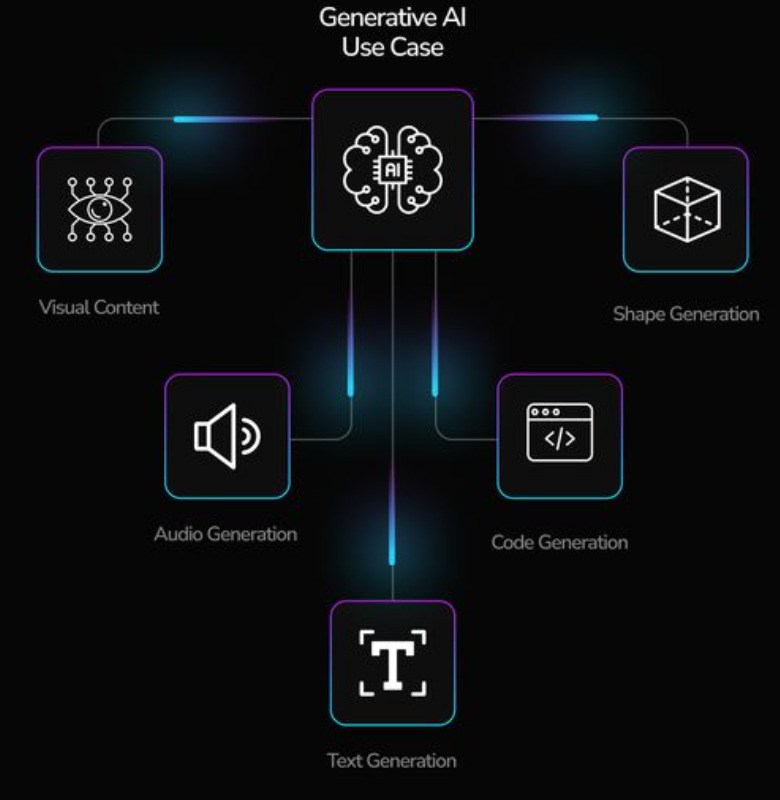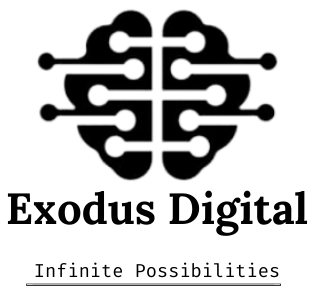Generative AI: Exploring Use Cases and Implications
In the realm of artificial intelligence (AI), there exists a fascinating subfield that is revolutionizing how we perceive creativity and innovation – Generative AI. At its core, Generative AI refers to algorithms and models designed to generate new content that mimic the patterns and characteristics of data they’ve been trained on.
In this blog post, we’ll delve into Generative AI, exploring its use cases, and potential implications.
Understanding Generative AI:
Generative AI operates on the principle of learning from large datasets to create new content that is indistinguishable from human-generated content. This is achieved through neural networks, particularly Generative Adversarial Networks (GANs) and Variational Autoencoders (VAEs), which are capable of generating highly realistic outputs.
GANs, for instance, consist of two neural networks – a generator and a discriminator – engaged in a competitive process. The generator generates synthetic data, while the discriminator evaluates the authenticity of the generated data compared to real data. Through iterative training, both networks improve their performance.
Use Cases of Generative AI:

- Art and Creativity: Generative AI has empowered artists and designers to explore new frontiers of creativity.
- Content Generation: In the realm of content creation, Generative AI has found applications in generating personalized product descriptions, and even crafting marketing campaigns tailored to specific audiences.
- Entertainment and Gaming: In the entertainment industry, Generative AI has enabled the creation of immersive virtual worlds enhancing the overall gaming experience.
- Healthcare and Drug Discovery: Generative AI is increasingly being utilized in healthcare for tasks such as drug discovery offering innovative solutions to complex problems in the medical domain.
- Natural Language Processing (NLP): In NLP, Generative AI models are employed for tasks such as text generation, dialogue systems, and language translation, paving the way for more advanced conversational agents and multilingual applications.
Moreover, as Generative AI continues to advance, questions surrounding accountability, transparency, and ethical and equitable integration into society.
How Generative AI can revolutionize education, especially in developing countries like Nepal ?
With the increasing penetration of internet-enabled smartphones in Nepal, the potential for leveraging Generative AI in education becomes even more pronounced. These devices serve as powerful gateways to a wealth of educational resources and platforms, allowing students to access learning materials anytime, anywhere. Generative AI can capitalize on this connectivity by delivering personalized and interactive educational experiences directly to students bridging the gap between traditional classroom instruction and self-directed learning.
As internet access becomes more widespread, particularly in rural and underserved areas, Generative AI offers a scalable solution to address the shortage of teachers and educational resources. Generative AI has the potential to democratize education and empower individuals to pursue lifelong learning opportunities, driving social and economic development across the country.
Implications and Considerations:
While the capabilities of Generative AI are undoubtedly impressive, its proliferation raises several ethical, societal considerations. Issues such as bias in generated content, intellectual property rights, and the potential for misuse, including deepfakes and misinformation.


